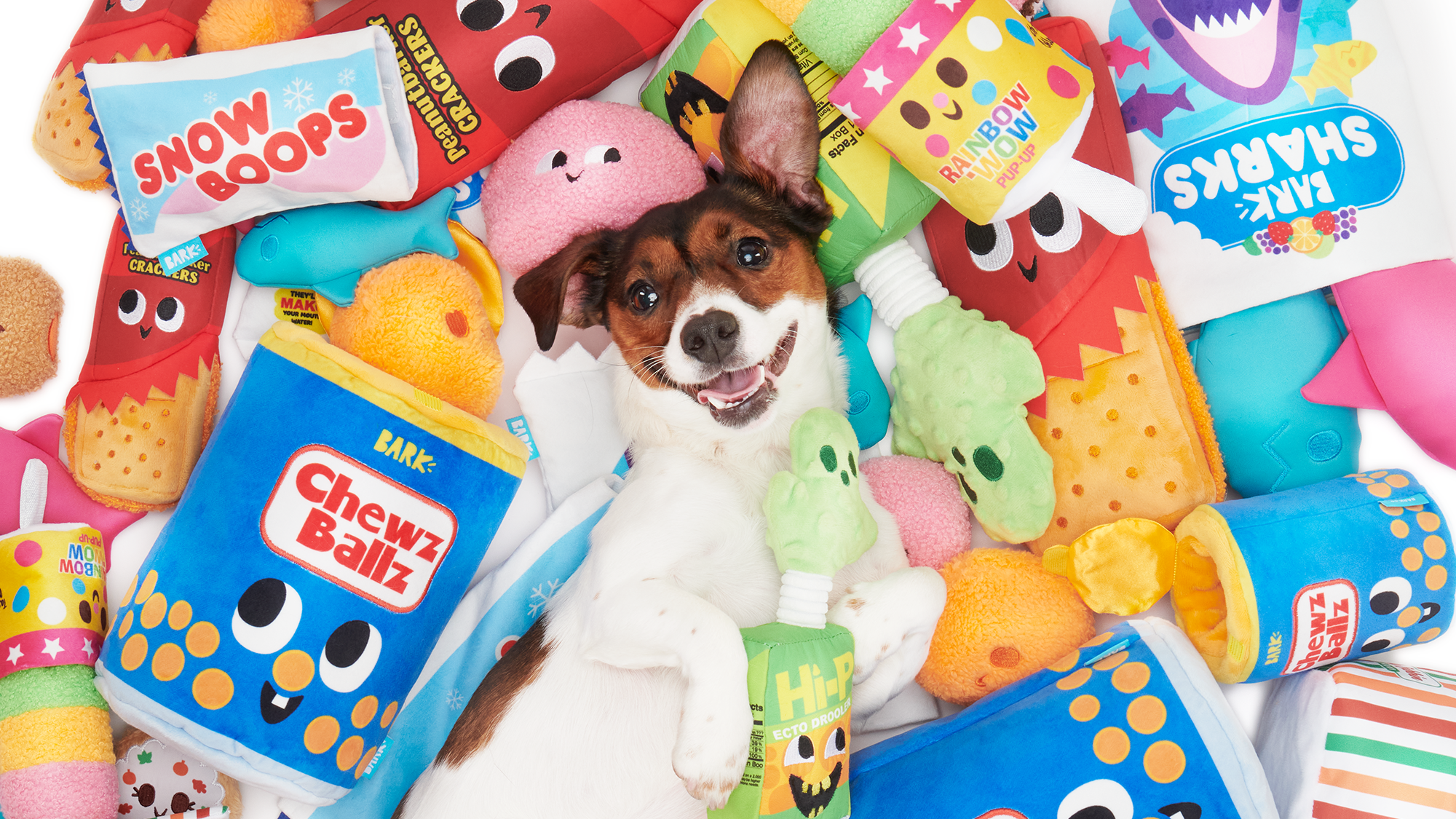20 fascinating facts about guinea pigs
Did you know that their teeth never stop growing? Or that they’re not actually related to pigs? Discover more fun facts about guinea pigs here
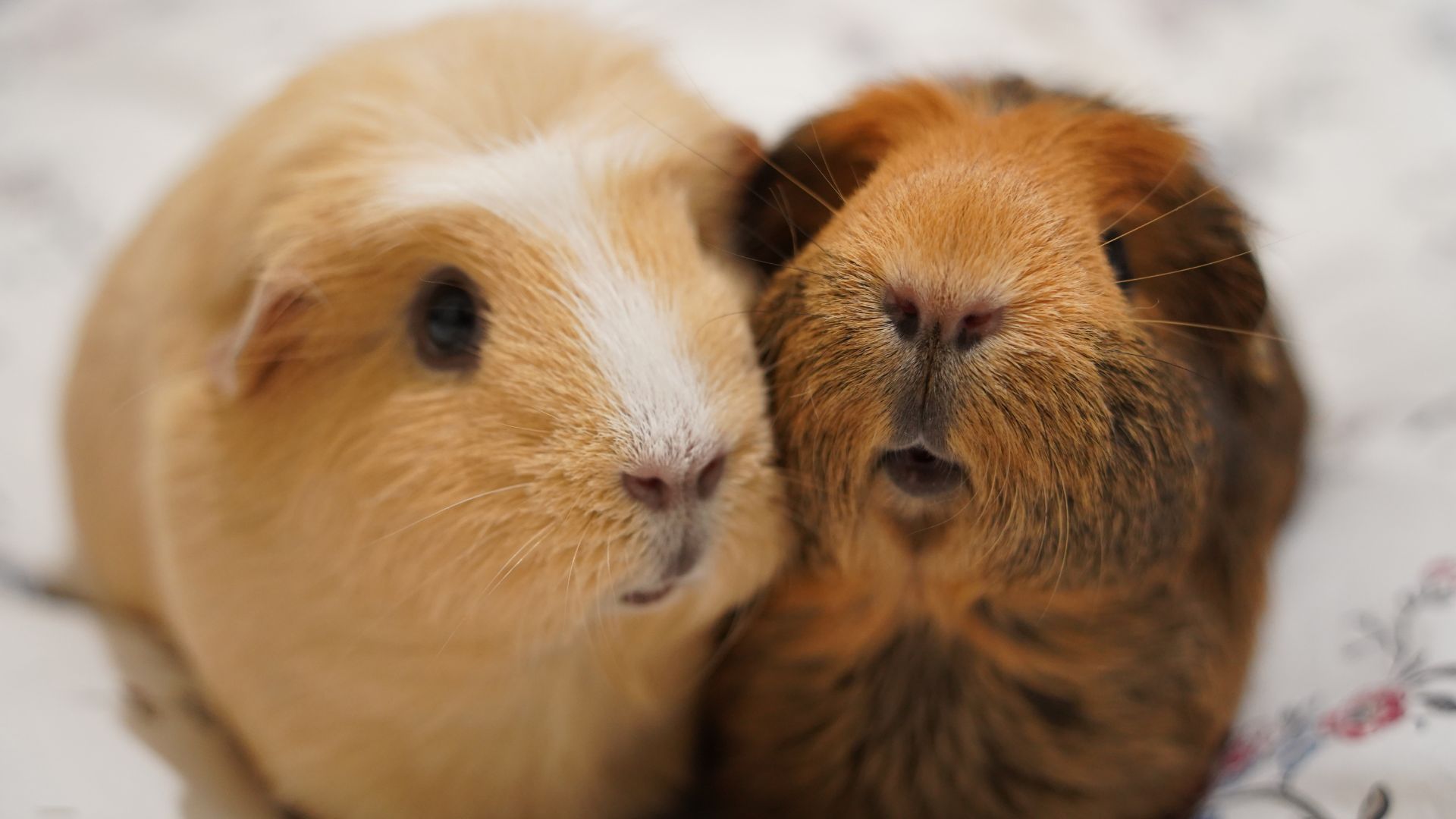
Small, sociable and very (very) chatty, you’re spoiled for choice when it comes to guinea pig facts. These cute little creatures might be a much-loved pet due to their relatively easy care needs (which makes them great low-maintenance pets). But there is so much more than meets the eye with these fur friends.
For starters, did you know that guinea pigs bear no relation to pigs? Or that they can ‘popcorn’? These herbivores also follow a strict veggie diet and you’ll most likely catch them eating non-stop due to their love for food and their forever-growing teeth.
To help you find out as much information about these captivating creatures as possible, we've rounded up all the guinea pig facts worth learning.
Facts about guinea pigs
1. They are called cavies
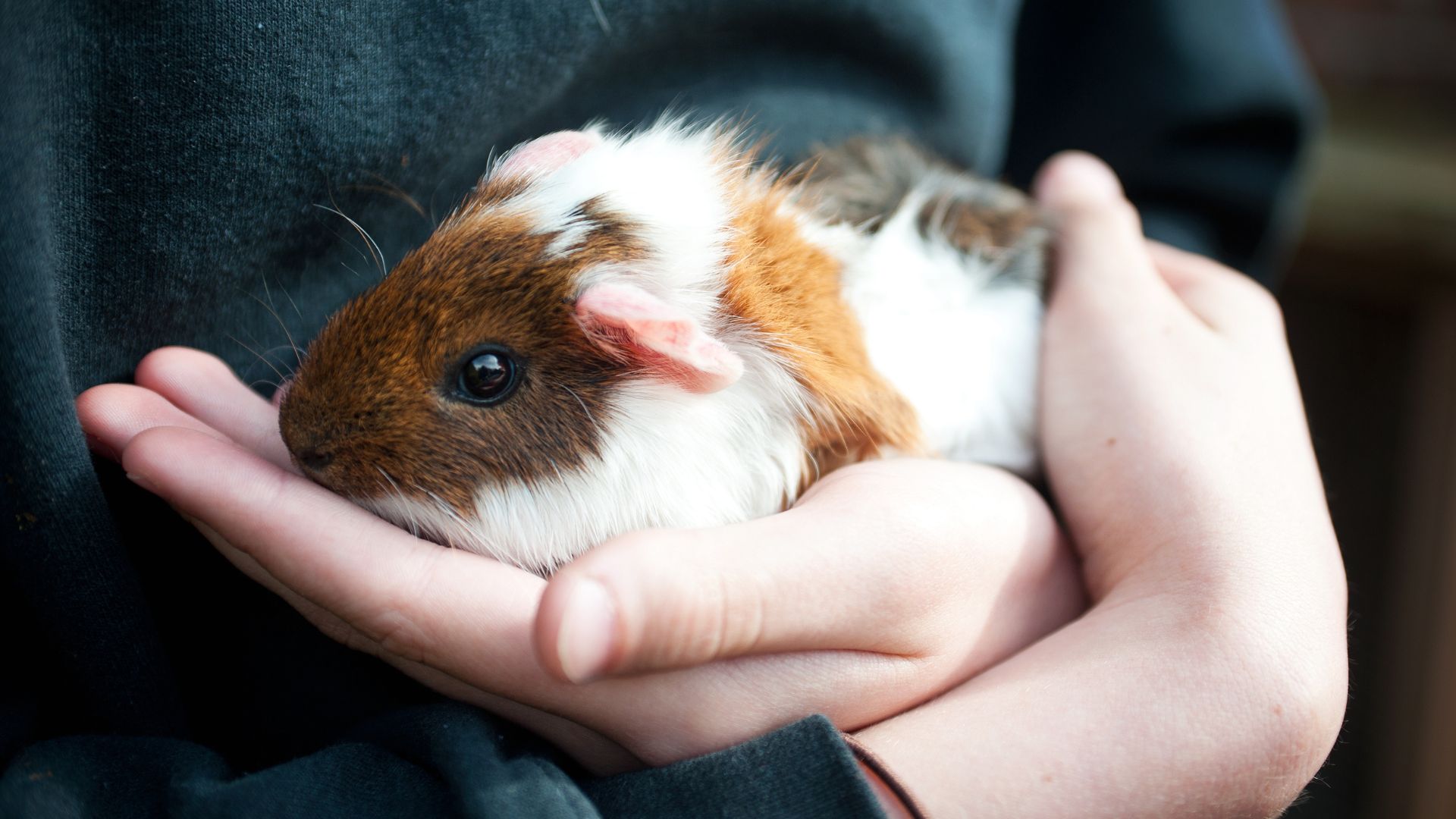
We might know (and love) guinea pigs by their so-called given name. But did you know these little sweet rodents are actually more formally referred to as 'cavies' or a 'domestic cavy'?
You might be wondering where they get this name from. But it’s actually a nickname for Cavia porcellus, which is a guinea pig’s proper scientific name.
2. Guinea pigs are social creatures
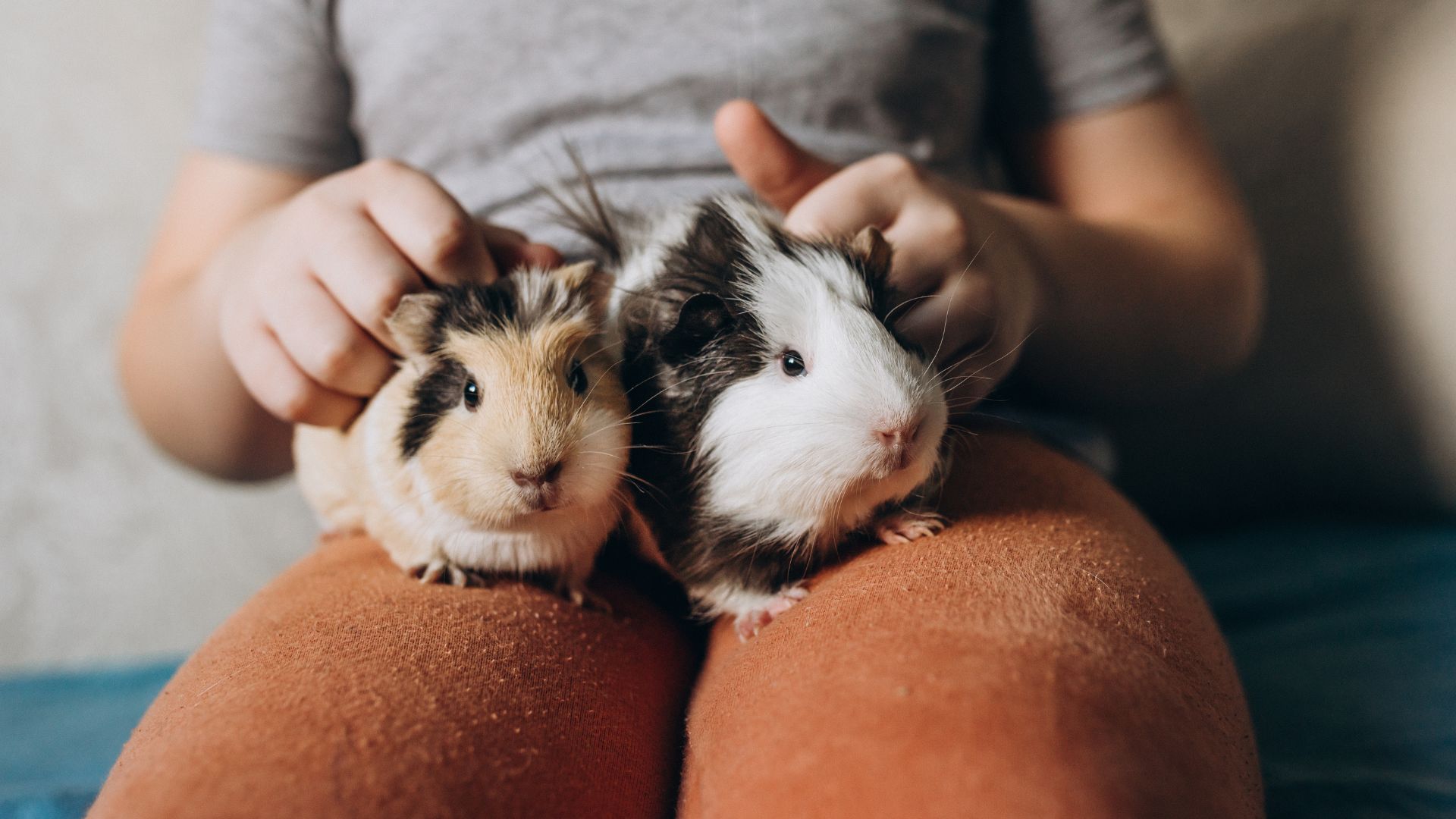
If you looked up guinea pig in the dictionary, you’d find it under the word ‘sociable’. That’s because these furry friends are known for being chatty little creatures who love nothing more than to chitter chatter all day (and night) long.
They’re so communicative that it really looks and sounds like they’re having a full-blown conversation with one another.
Get the best advice, tips and top tech for your beloved Pets
3. They aren’t actually related to pigs
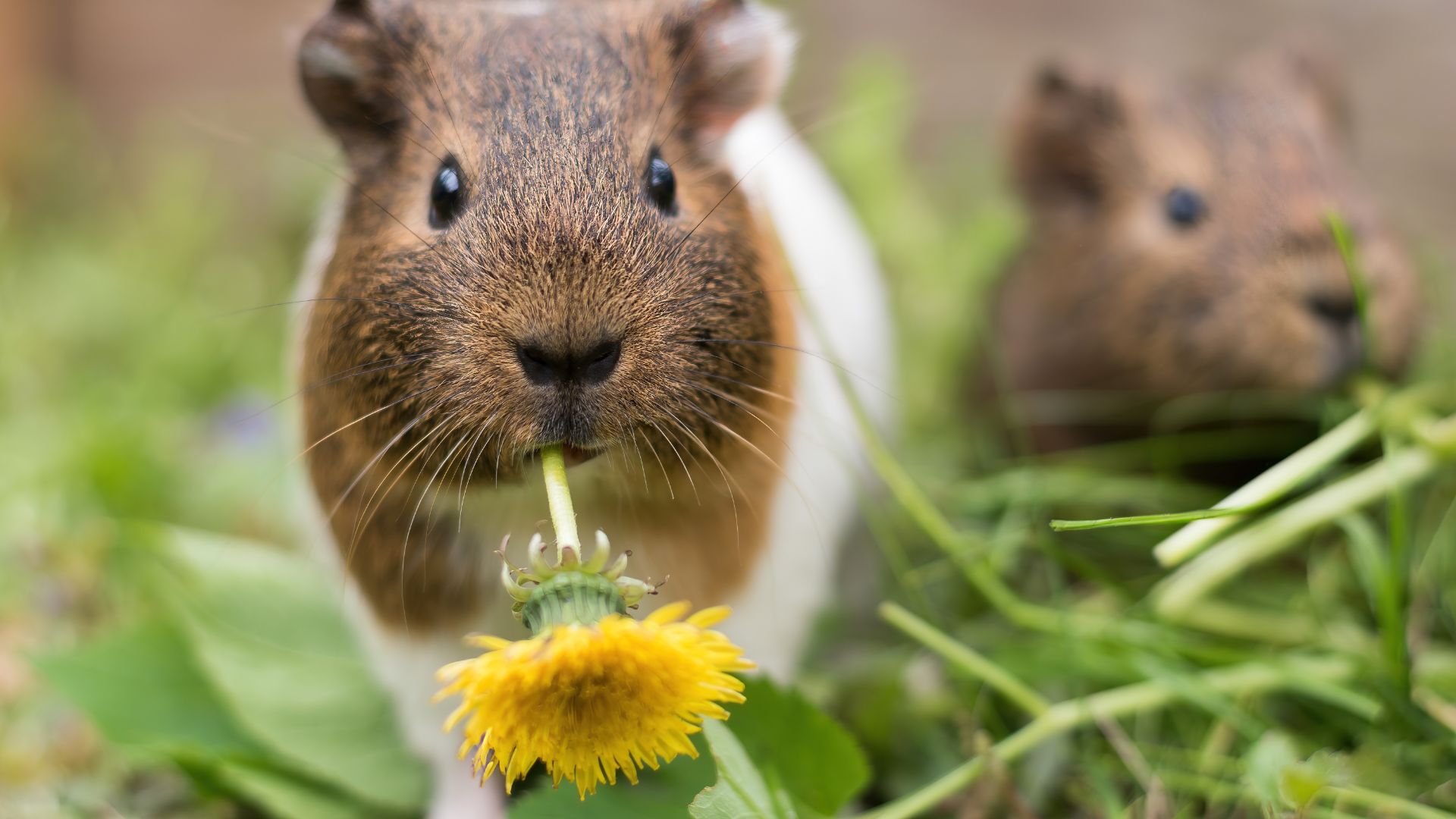
This point is pretty surprising, given their name, right? While male guinea pigs are technically called ‘boars’ and females are called ‘sows’, cavies are classified as rodents, which means they aren’t part of the Suidae family, which pigs belong to.
Instead, legend has it that it’s their scientific name, Cavia porcellus, which has led to their pig-like moniker. That’s because in Latin the word ‘porcellus’ means ‘little pig’. You could also say their slight pig-like shape and sounds have also reinforced this, too.
4. They are known for popcorning
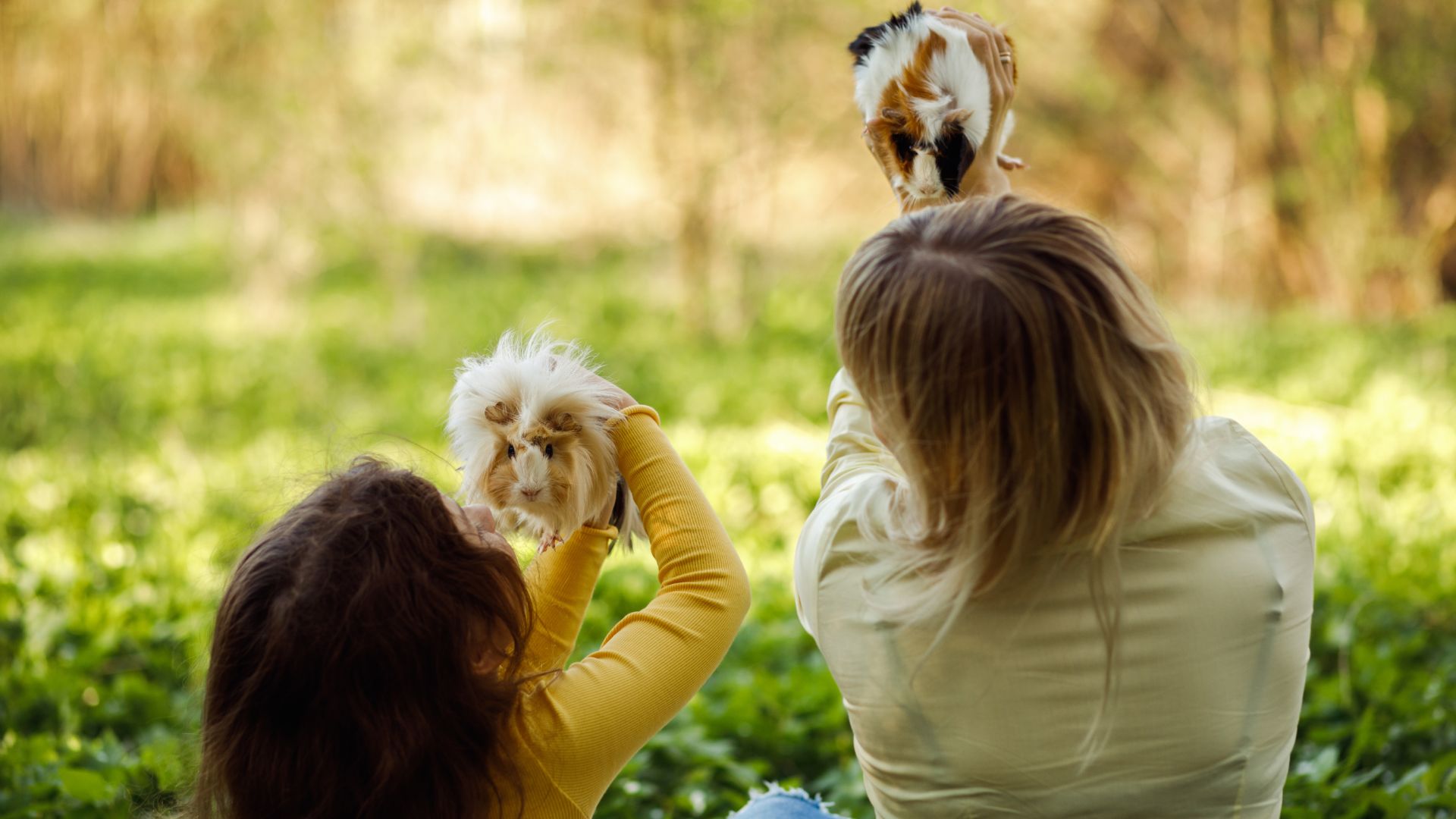
Now this has very little to do with the delectable snack often spotted in cinemas.
In the guinea pig world, popcorning refers to the act when these four-legged friends jump in the air very randomly to show how happy they are. Often likened to when a bunny binkies, this is a guinea pig's own way of showing you (and others) that they are on cloud nine. How sweet!
5. Guinea pigs aren’t from Guinea
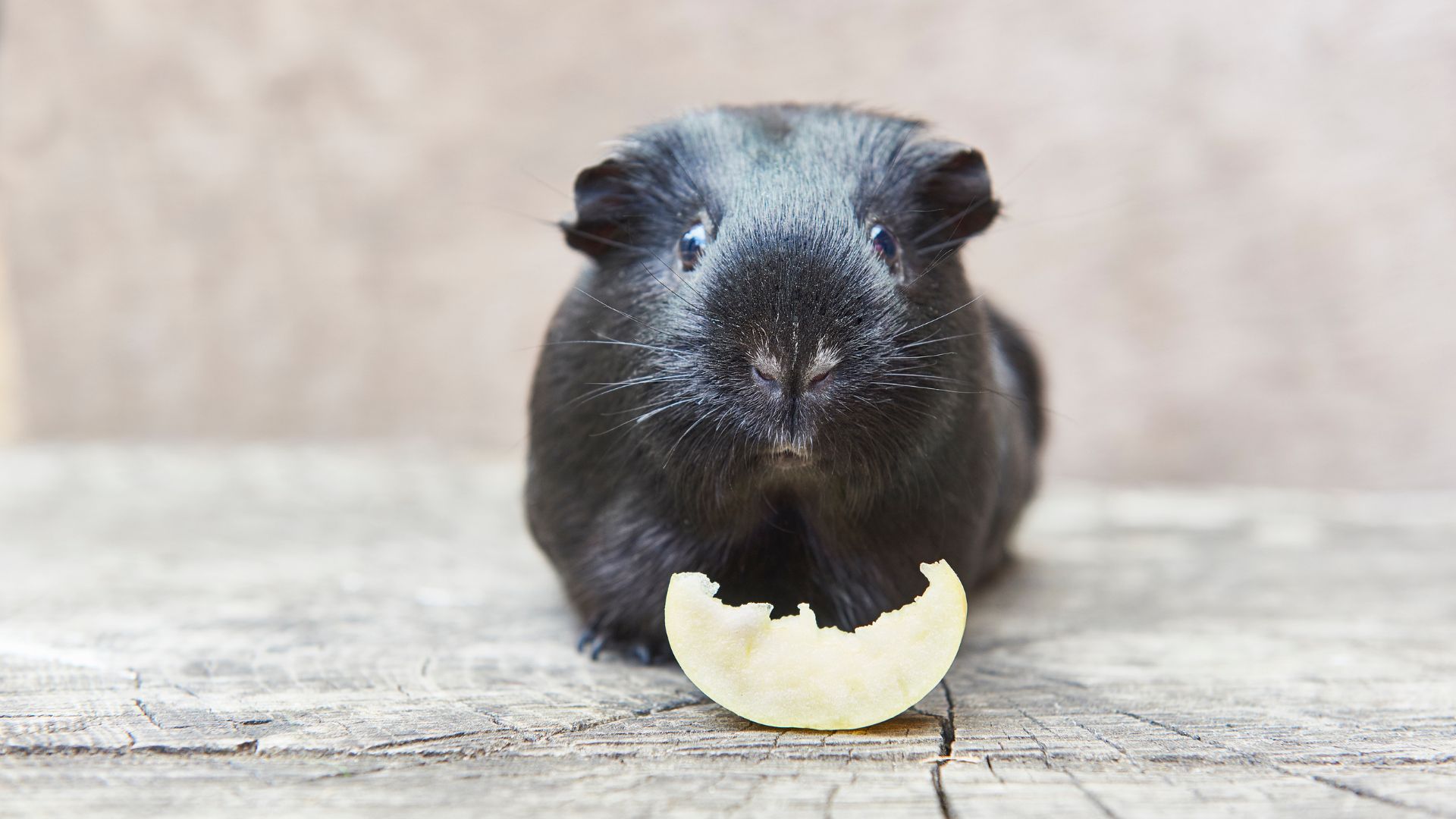
It’s a wonder why guinea pigs go by this name at all, considering the little relevance they have to pigs and now the coastal country of Guinea.
Instead of hailing from West Africa’s Guinea, a guinea pig’s ancestors are believed to have originated from the Andes region of South America.
As to how they got this name, the jury is still out. One theory is that during the 16th century, these little creatures cost a guinea, and this name has stuck ever since.
6. They have unique toes

If you’ve ever been up close and personal with a guinea pig, you might have noticed that these rodents have three toes at the back and four toes in the front. But not all cavies are born equal.
Some Guinea pigs are polydactyly, which is a birth defect that means they could have more toes than normal. While this shouldn’t have an impact on the quality of their life, one tip for taking care of your guinea pig is to notify your vet. That's so they can check over your pet and make sure their extra pinkie isn’t causing them any pain or discomfort.
7. Their teeth never stop growing
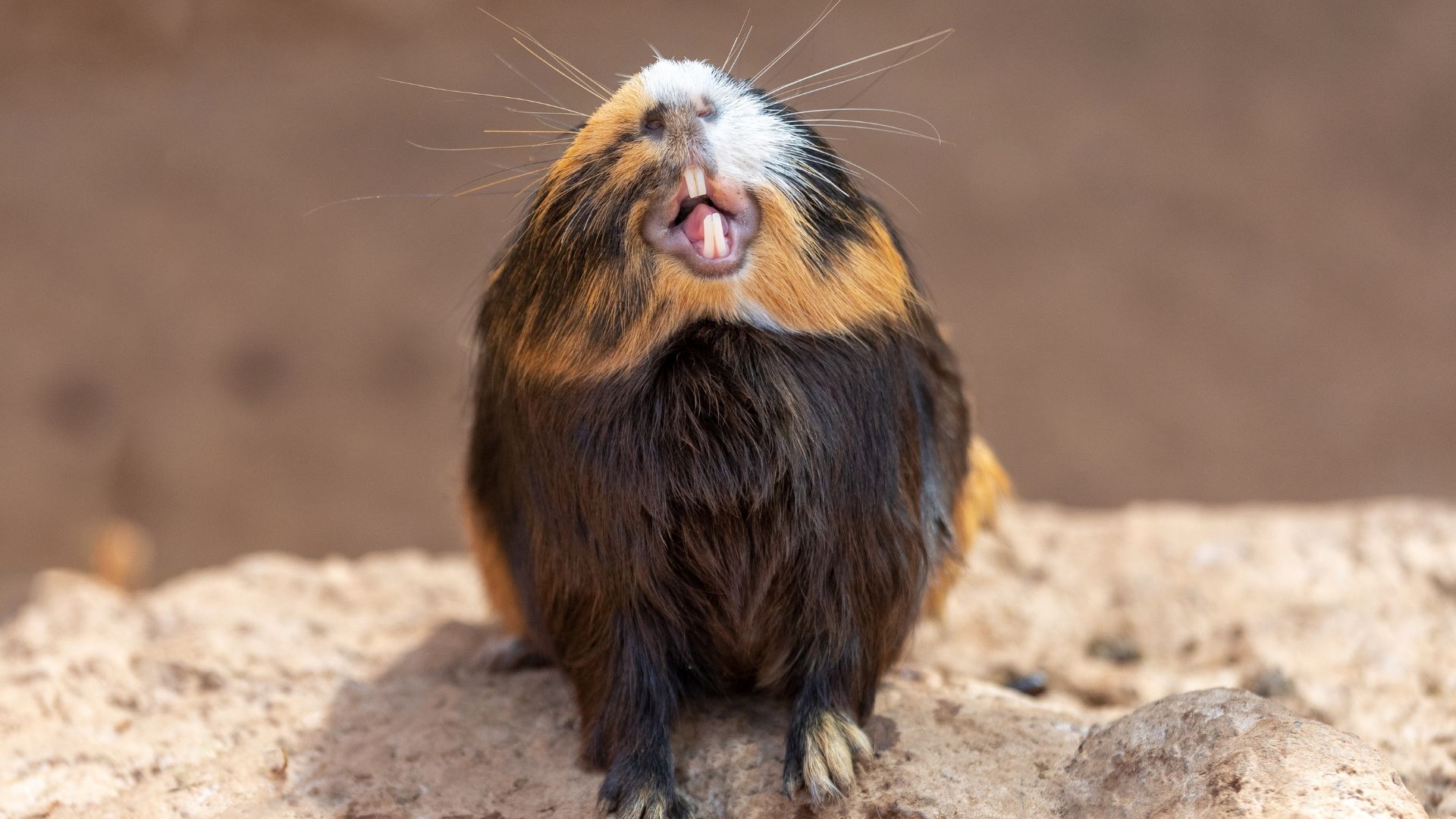
These furry friends’ gnashers are one of the most intriguing things about guinea pigs as they have 20 open-rooted teeth, which means they’ll never stop growing.
Of course, good dental care is important for all pets – and guinea pigs are no different. Thankfully, these fur babies pretty much spend most of their lives constantly chewing so this can help them wear their teeth down and keep them at a comfortable length.
8. They make a range of noises
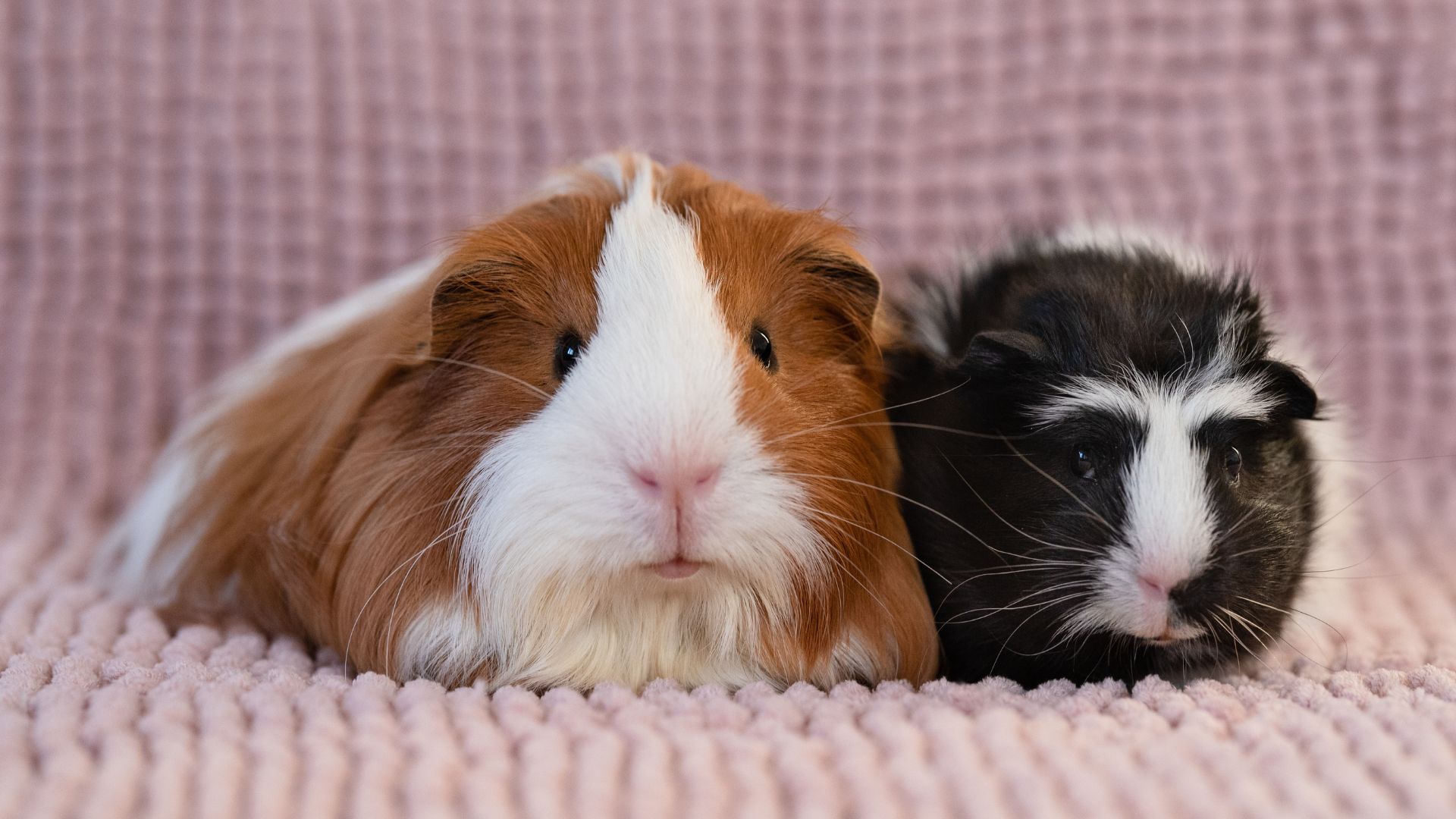
Whether it’s through their ‘wheeking’, purring or ‘chutting’ sounds, these social butterflies might appear standoffish or shy on the surface. But once they get to know you and feel comfortable in your presence, they’ll love conversing with you and their hutch friends.
So, if you’re lucky enough to be the very proud pet parent of a cavy, it’s well worth reading up on a guinea pig’s noises and body language so you can fully understand them.
9. They’re veggies
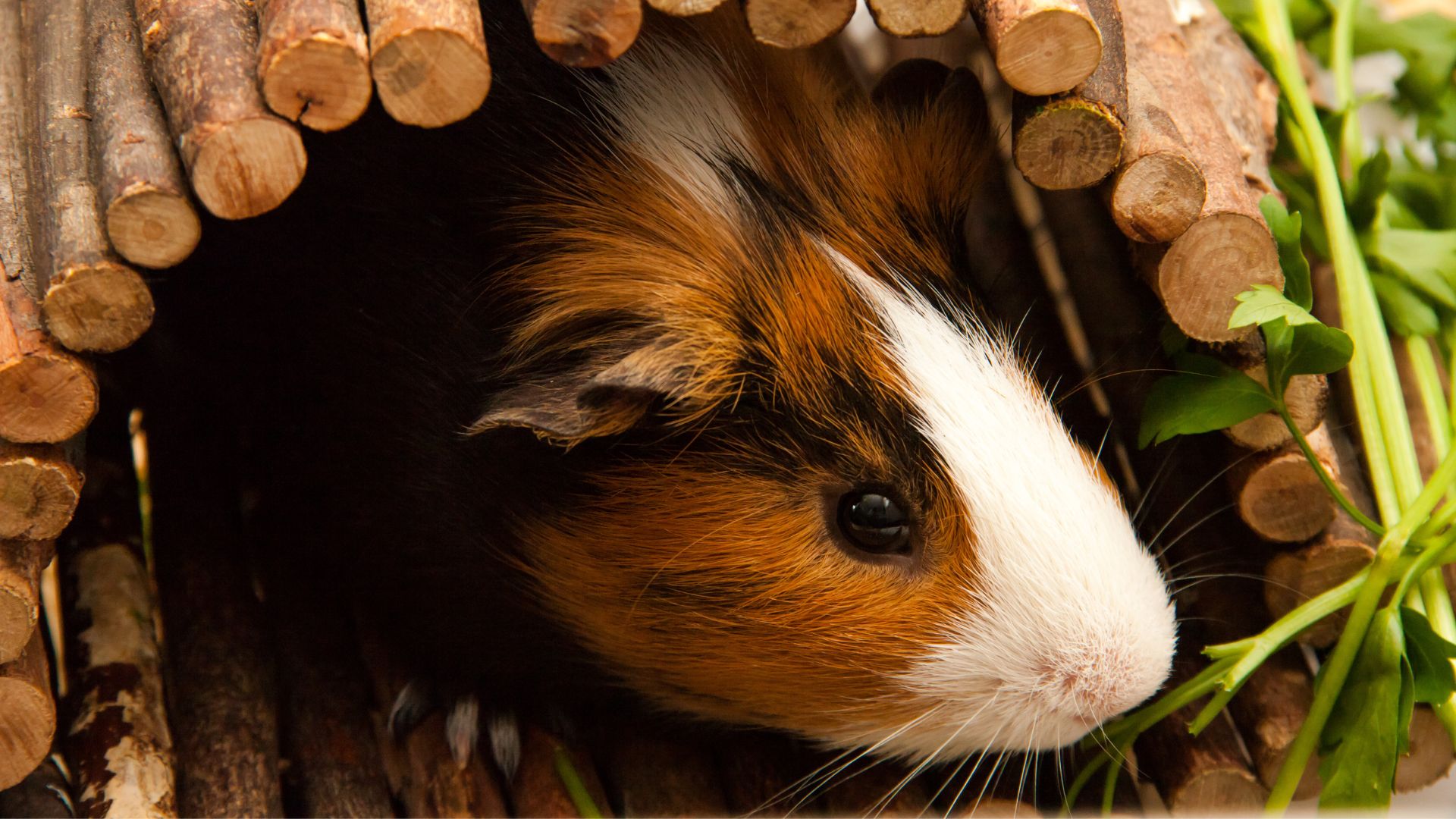
Another fascinating fact about guinea pigs? These pets are herbivores, which means they’ll only feed on plant-based foods.
This might sound limiting, but there are many things guinea pigs can eat to help keep their diet and nutrition on point. For example, if you’re wondering what guinea pigs eat, along with hay and grass, they’ll love digging their teeth into cucumber, kiwis and raspberries – and the same goes for carrots, parsley and baby corn. The veggie world is their oyster!
10. They like the cool

With all that fur, it’s no wonder these little piggies much prefer a cooler space to eat, sleep and play rather than a warm spot.
But the more scientific reason is that guinea pigs lack sweat glands, which means they’re unable to perspire to help cool themselves down.
Instead, it’s best to find these fur friends a cool spot inside or outside in one of the best hutches with the best bedding for guinea pigs to keep them comfortable and clean.
11. They can’t produce their own Vitamin C

Most animals can produce their own vitamin C. But, just like monkeys, guinea pigs are the only other animal that can’t do so. This means that they have to get it through their diet in order to prevent scurvy.
So, if you have a guinea pig, you should be feeding your pet vegetables that are high in this micronutrient, such as lots of spinach leaves, broccoli, kale, green peppers, and red peppers. You can also add vitamin C drops to your guinea pig’s water on a daily basis.
12. They’re active for up to 20 hours of the day
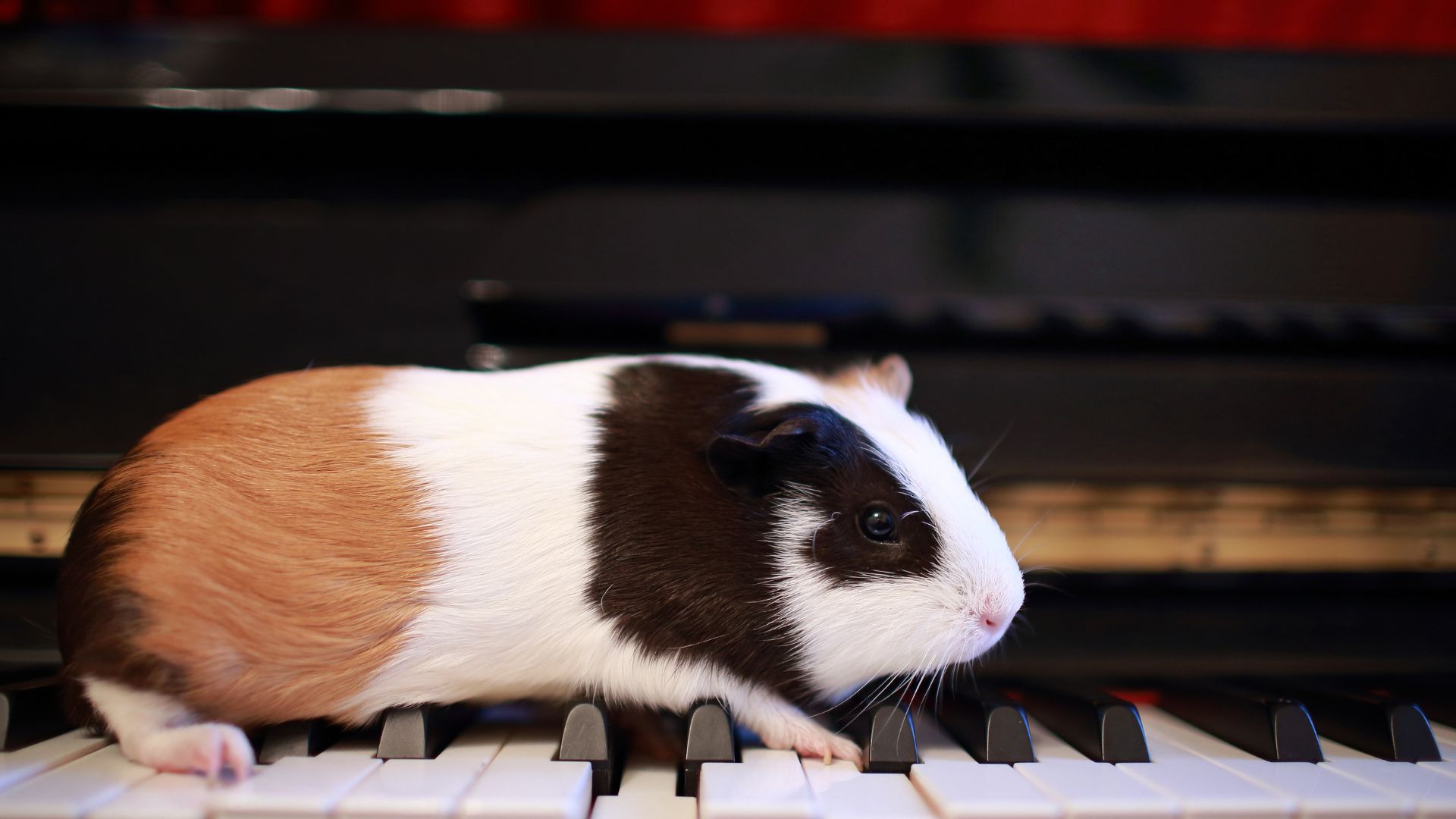
Yes, really! If you’re a dog or cat parent, you might be used to these fur babies dozing for most of the day. But guinea pigs, on the other hand, tend to sleep a whole lot less than other common household pets.
Some guinea pig parents say that their fur friend sleeps for just four to six hours a day. So instead of napping, you’ll most likely see these cute little critters eating, chewing or playing.
13. They are crepuscular
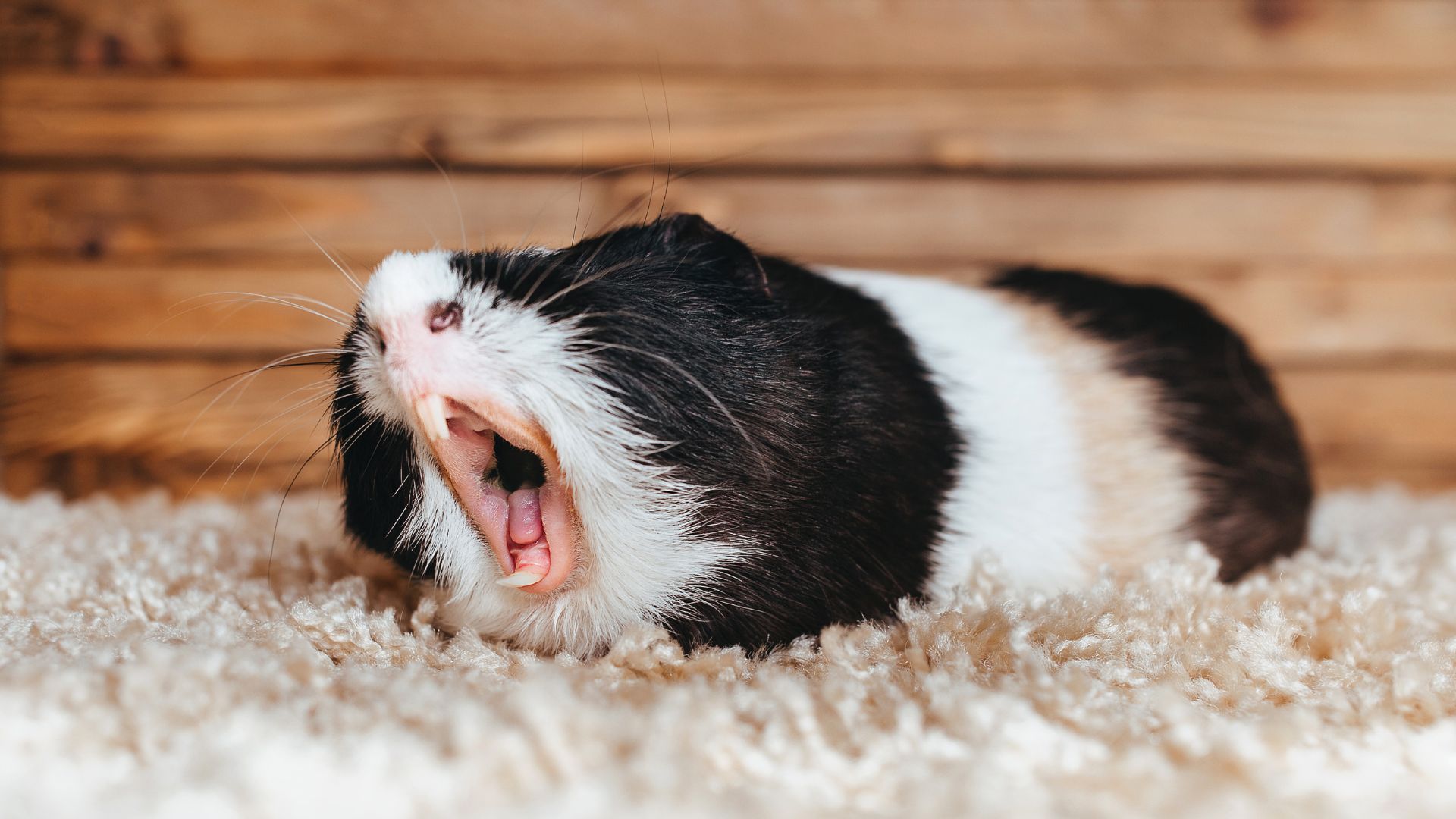
Along with needing a lot less sleep than other conventional fur friends, guinea pigs are crepuscular. This means that they are most active at dawn and dusk.
That's because guinea pigs are prey animals, which means if they’re awake during the twilight hours, they are more likely to evade predators. While domesticated guinea pigs (hopefully) need not worry about predators in your home, it's a natural habit that they still exhibit.
14. They eat their own excrement
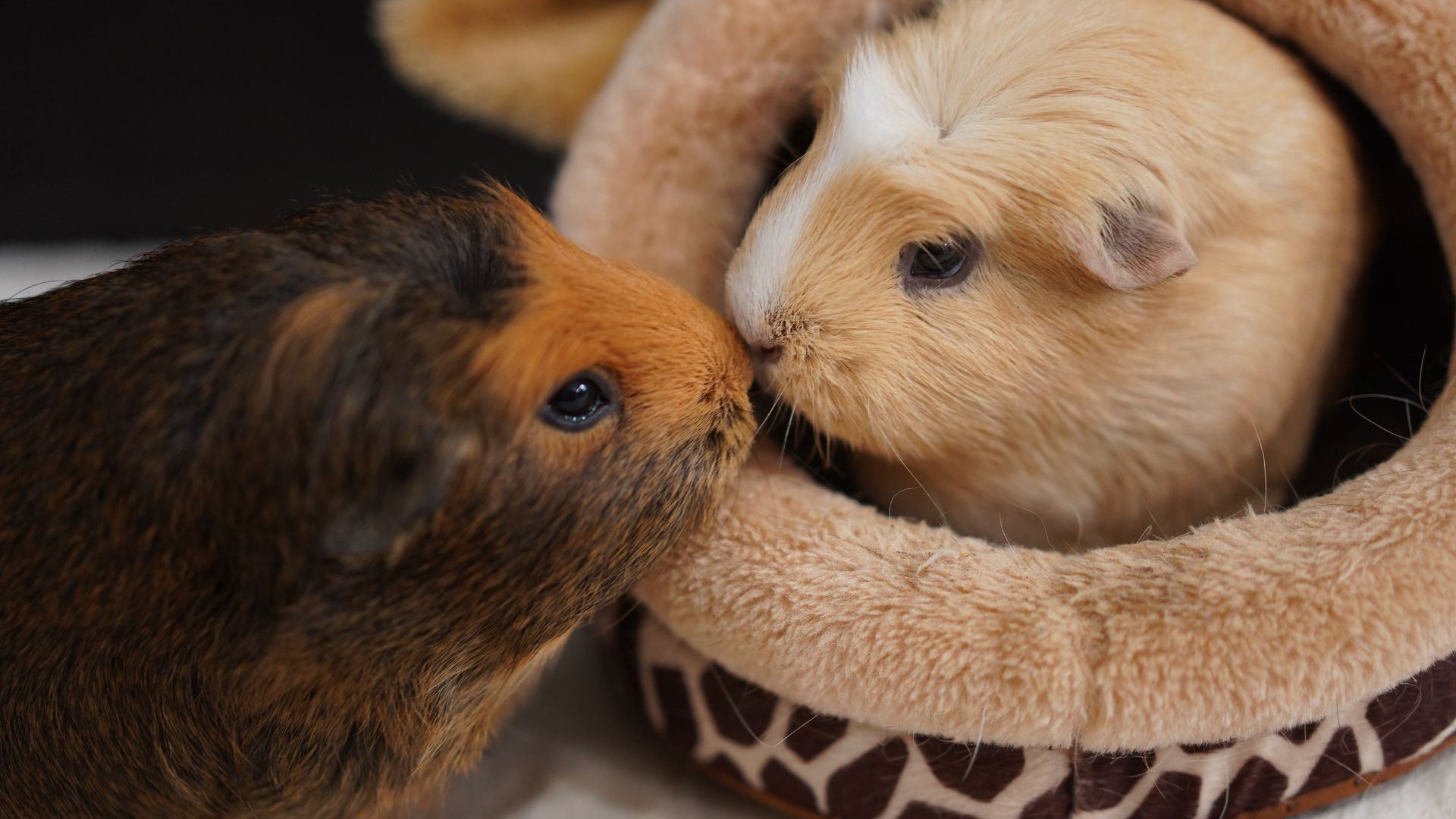
But only if it’s the right kind! It might sound (very!) strange, but it’s common for herbivores, like guinea pigs, to be cophrophages (which means they gobble up poop). Rabbits eat their own poop, too.
To put it simply, the first round of a guinea pig’s poops are soft and called caecotrophs. This is the type of excrement they eat, as they are rich in vitamins and nutrients. While the drier poops, which they excrete after, is what guinea pig pet parents will clean up from the cage.
15. They can live for a long time

With the right care, love, diet and housing – generally speaking, guinea pigs tend to live for around seven years. But in some instances, this can be longer.
According to Guinness World Records, UK-based Snowball holds the record as the oldest guinea pig to have graced this earth, as he lived until he was ten and a half months old, before passing away in 1979.
16. Guinea pigs mark their scent
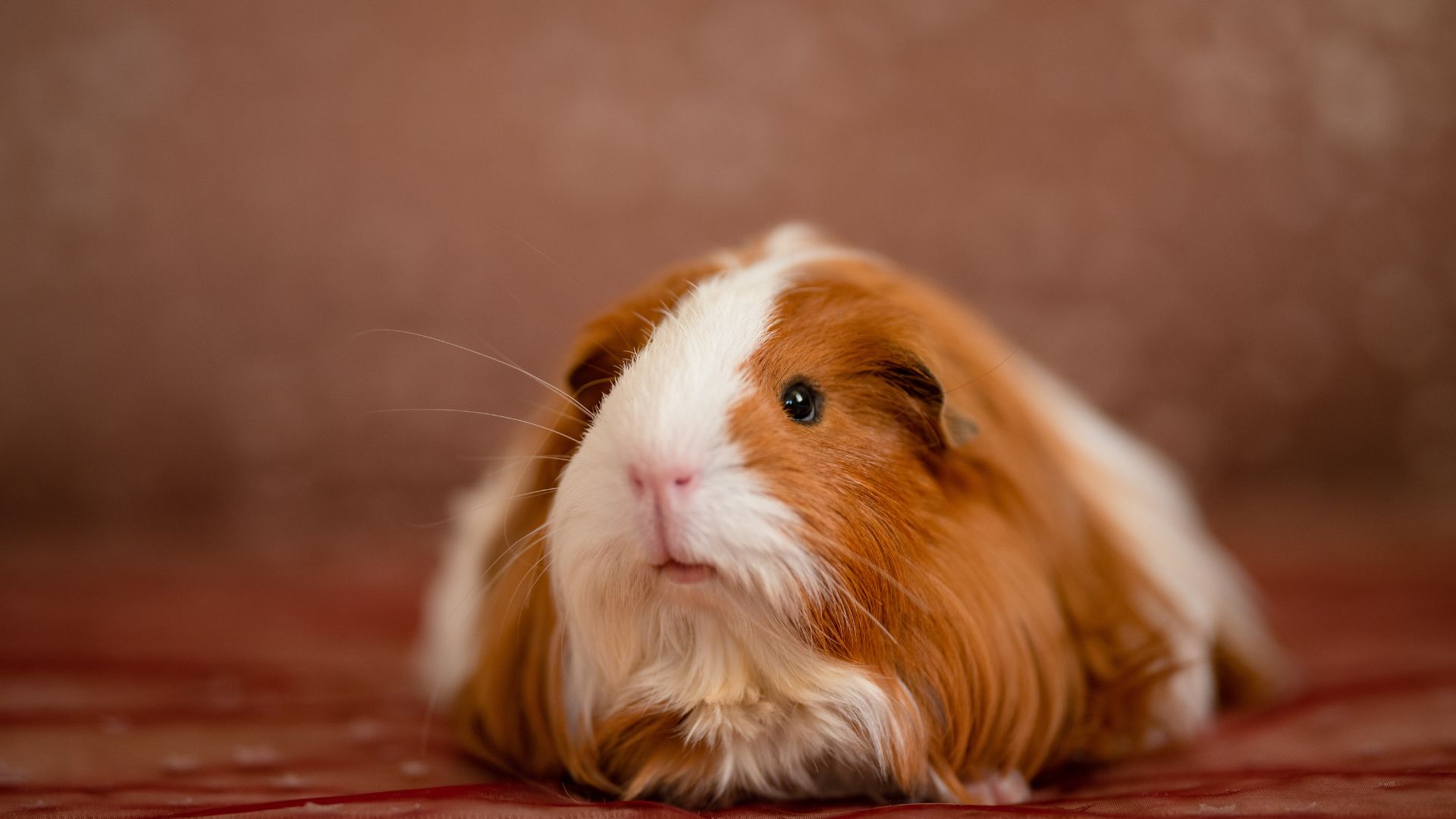
On the surface, it doesn’t seem like guinea pigs have a lot in common with cats and dogs. But what trait all three of these common pets do share is the act of marking their scent.
According to the RSPCA, guinea pigs use urine and secretions to mark out their territory, which can cover 1,500m2.
17. They date back to 5,000 BCE

If, like us, you’re wondering how long these adorable balls of fluff have been roaming Earth with their presence, wonder no more.
Word has it that these precious little piggies are one of the oldest domesticated breeds on the planet, with records showing that they have lived alongside humans since 5,000 BCE!
18. They can run even when only a few hours old
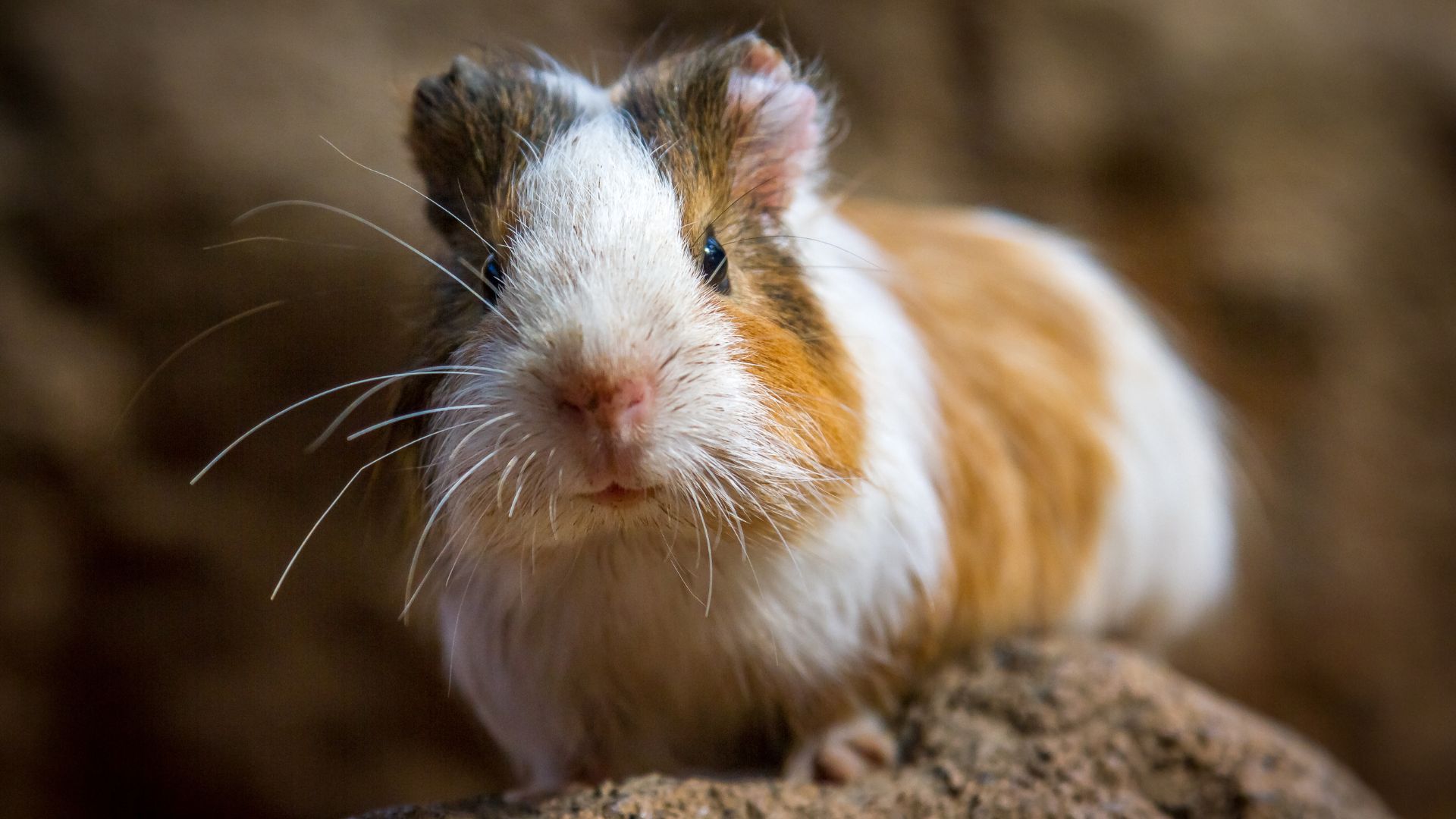
Now here’s a fun fact for you! Did you know, guinea pigs can pretty much run and scamper around their cage when they are first born?
They are also born with their eyes open and a full coat of fur!
19. They can learn tricks
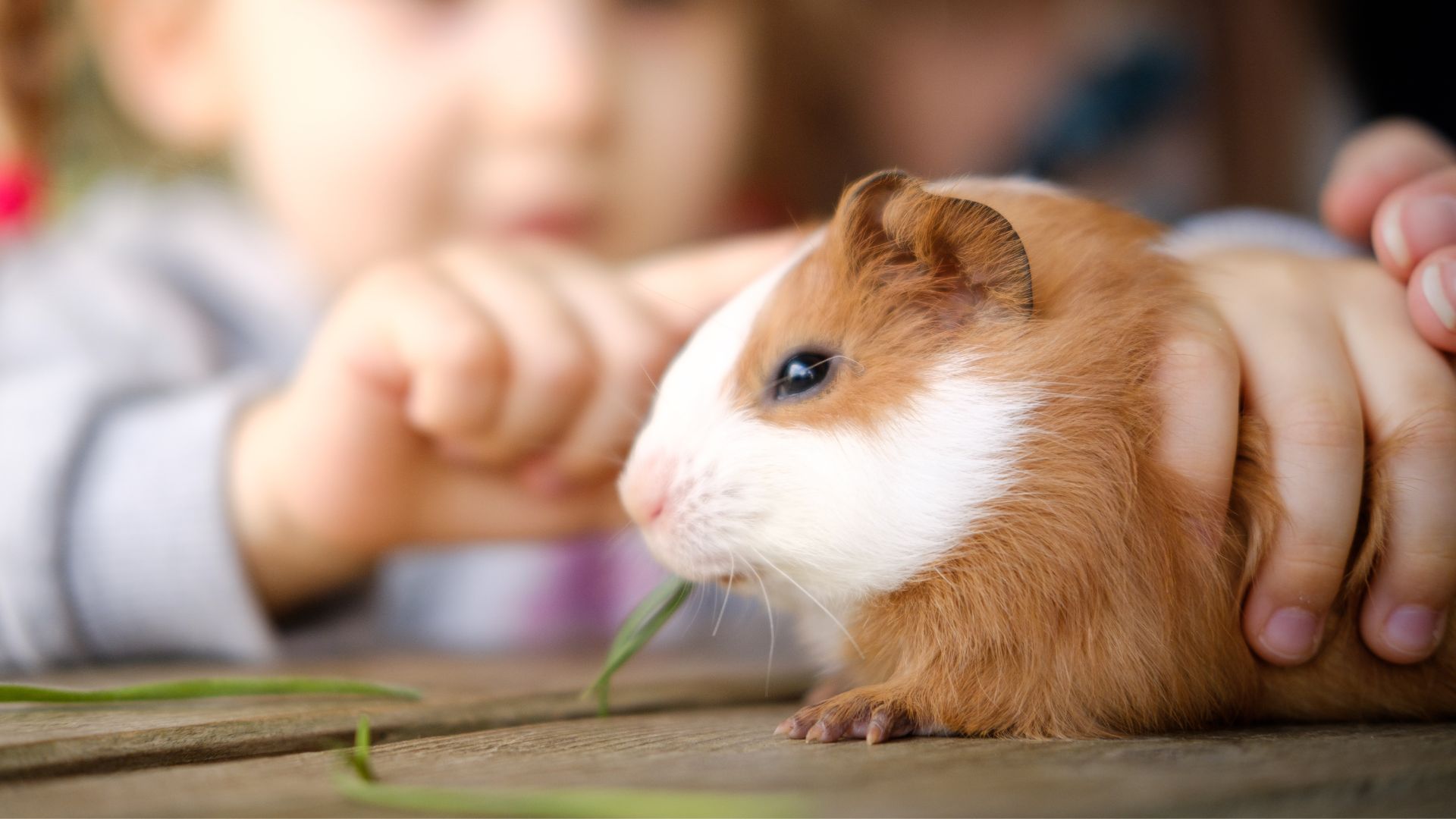
Guinea pigs are intelligent creatures, and without enough mental and physical stimulation, they will get bored.
This means it’s well worth investing in a large hutch, to help keep them entertained and filling it with a selection of the best guinea pig accessories, like tunnels, hammocks and balls. Or invest in one of the best rabbit runs. You could also try and teach these clever fur balls tricks, like spinning in a circle or coming when their name is called.
20. Guinea pigs create their own ‘cleaning product’

If you’ve got a guinea pig, you might have noticed that they secrete a white fluid around their eyes. While it’s tempting to wipe this liquid away, these clever creations actually use this to wash themselves with.
Read next: Interesting rabbit facts
Edited by Georgia Guerin.

Becks Shepherd is a lifestyle journalist who has worked with titles such as Tom's Guide, Marie Claire, and Fit and Well.
In addition to this, she’s a pet writer with nearly a decade of editorial experience across digital and print media. A devoted “dog aunt” and lifelong animal lover, Becks brings a personal touch to her pet content—whether she’s testing the latest dog gear or digging into behavioral tips.
She works closely with veterinary experts to ensure factual accuracy and is currently exploring animal care certifications to deepen her knowledge. Her work has appeared in leading outlets across health, wellness, and pet care spaces.
